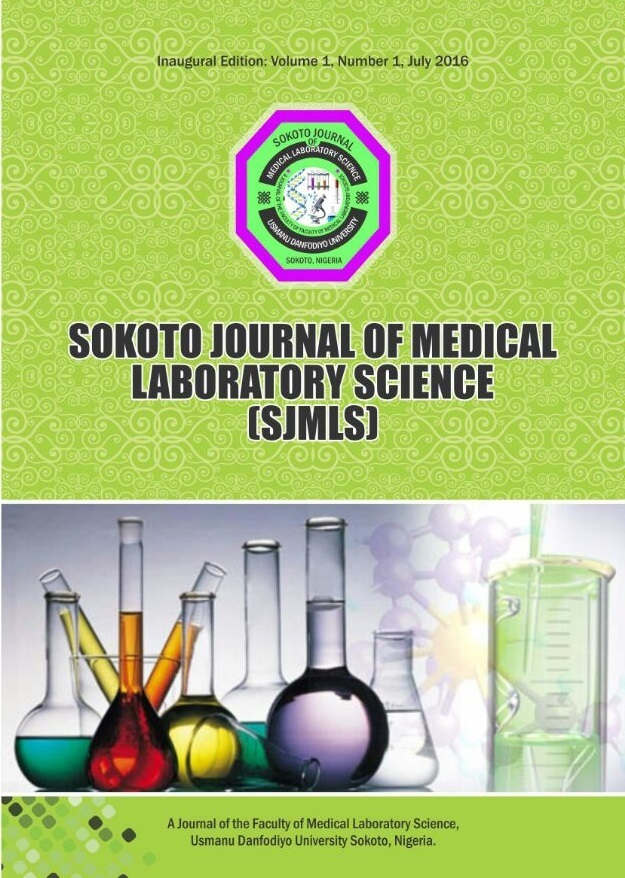Malaria Parasite Density and B Lymphocyte Quantitation among Students in Owo, Southwest Nigeria
Keywords:
Immunophenotyping, malaria parasitaemia, B lymphocytes, students.Abstract
Malaria is one of the greatest public health problems of the world. It is a parasitic disease of major global health significance that causes an estimated 2.7 million death each year. There is a school of thought which hypothesize that there is development of immunity in malaria endemic area because Plasmodium infection interferes with B cell development and maintenance of memory responses. The aim of this study was to evaluate the effect of malaria parasite density on B lymphocytes in Owo. Eighty-two blood samples collected from consenting undergraduate students of Achievers University, were analysed for malaria parasitaemia and B lymphocyte count using microscopy and immunophenotyping respectively. Giemsa-stained thick films and Leishman-stained thin films were assessed microscopically for the presence of Plasmodium specie and densities of the parasite were recorded. B lymphocytes were counted with cyflow Cube 6 from Partec, Germany. Statistical analysis was done with SPSS and mean ± SD values were compared using Pearson’s chi square test. Majority of the participants were females (73.2%) with the mean age and standard deviation of 19.939 ± 3.048 years respectively. A great number of the participants (95.1%) were unmarried. Thirty-eight (46.3%) of the participants were free from malaria parasite as at the time of testing, while 40.2% and 13.4% were lightly (+) and moderately (++) infected respectively. The mean ± SD of the B lymphocyte counts was 70.19 ± 3.706 while p values obtained for Pearson’s chi square test were greater than 0.05. The study revealed that the malaria parasitaemia and parasite density has no effect on absolute B lymphocyte counts of undergraduate students in Owo. Additional researches are advocated on symptomatic patients, and health care system should be strengthened with adoption of diagnostic technology like immunophenotyping.




